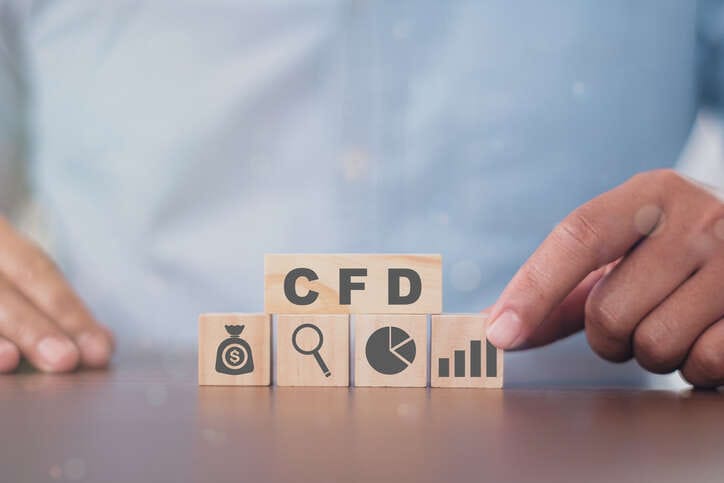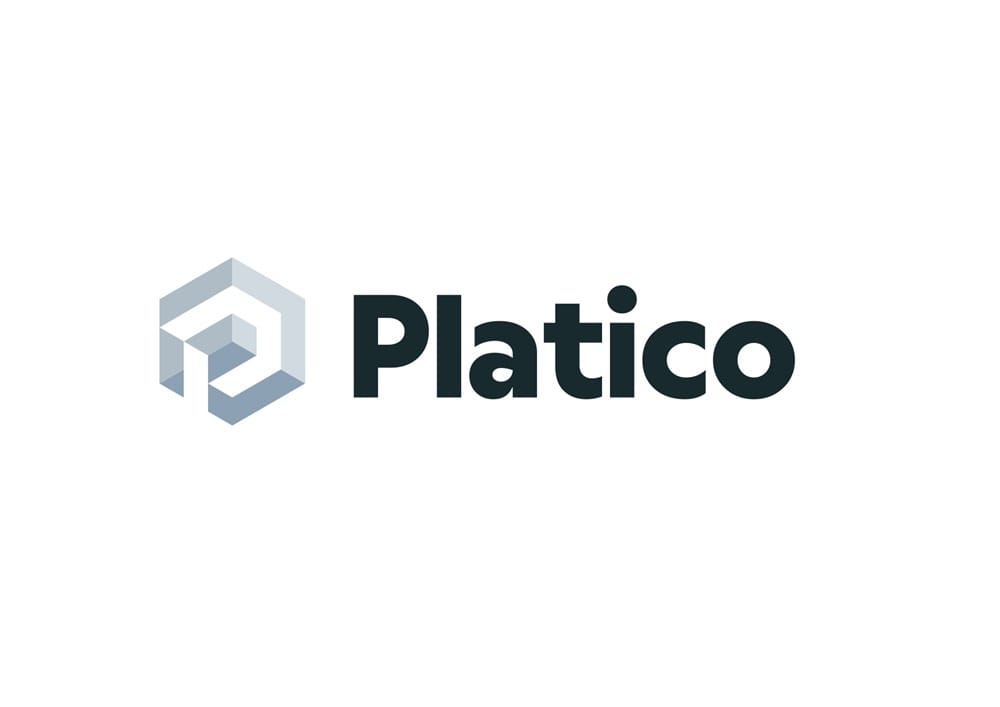
The similarities between options and CFDs
In the diverse world of financial instruments, Options and Contracts for Difference (CFDs) stand out as popular choices for investors seeking exposure to financial markets without owning the underlying assets. In this article, we will explore differences and the similarities between options and cfds, providing valuable insights for informed decision-making.
Similarities between options and CFDs
Speculating on market direction
Both Options and CFDs offer traders the ability to speculate on the future movement of market prices, regardless of whether the market is trending upwards or downwards. This means that traders can profit from market fluctuations in both bullish and bearish scenarios.
Options provide traders with the right, but not the obligation, to buy, sell, or trade an underlying asset or stock at a predetermined price within a specific timeframe. On the other hand, CFDs enable traders to enter into a contract where they exchange the difference in the price of an asset or stock between the contract’s opening and closing. This flexibility and versatility make both options and CFDs attractive to traders seeking to capitalize on market dynamics.
Leverage
Leverage is a key feature in both Options and CFD trading. It allows traders to control a substantial position in the market with relatively little capital. By utilizing leverage, traders can amplify their potential profits, increasing the returns on their investments.
It’s important to note that while leverage can magnify gains, it can also amplify losses. Therefore, it’s crucial for traders to exercise caution and implement effective risk management strategies.
No ownership of the underlying asset
Both Options and CFDs are financial derivatives that enable investors to speculate on markets without owning the actual underlying assets. This means that individuals can engage in speculative activities across a wide range of assets, including commodities, stocks, indices, and currencies, without the need for outright ownership.
Margin trading
Options and CFDs both employ margin trading, allowing traders to enhance their purchasing capacity through borrowed funds from a broker. This feature empowers traders to control larger positions in the market without the necessity of depositing the full value of a CFD or option position upfront. Utilizing margin trading provides access to greater profit opportunities and diversification of investment strategies.
Differences between options and CFDs
Profit/Loss structures
Options and CFDs exhibit significant differences in their profit and loss structures. With Options, the potential profit or loss is fixed. If an option is “in the money,” it yields a fixed return, and if it is “out of the money,” there is a fixed loss.
In contrast, CFDs offer more flexibility as the potential returns or losses can increase or decrease based on market price fluctuations. This flexibility allows traders to potentially earn higher profits or experience more significant losses, depending on market movements.
Agreed-Upon expiration date
Options always have a predetermined expiration date, which is crucial for managing positions effectively. The expiration date provides a clear timeline for the option’s validity.
On the other hand, CFDs do not have a predetermined expiration date. They can remain open until the trader chooses to close the trade, offering greater flexibility and adaptability in trading strategies.
Different risk profiles
Options impose predefined risk levels based on the strike price, offering a structured approach to risk management. In contrast, CFDs do not have such restrictions and allow for more flexibility in managing risk exposure.
CFD risk is primarily determined by factors like margin calls or stop loss orders, which act as mechanisms to limit potential losses. Partnering with a reputable broker, such as Saxo Markets, provides greater control over risk management, allowing traders to adjust their positions based on market dynamics.
Options and CFDs are valuable instruments for investors seeking exposure to financial markets without owning the underlying assets. While they share several similarities, they also exhibit significant differences that set them apart as distinct investment tools. Both options and CFDs are suitable for informed traders who understand the risks and rewards associated with each.
As with any speculative trading, it is essential to weigh potential gains against losses before entering a trade. By comprehending the similarities and differences between options and CFDs, investors can make well-informed decisions and choose the instrument that best aligns with their investment goals. With knowledge and experience, traders can effectively utilize these instruments to gain market exposure with limited capital outlay. It is crucial to carefully consider the advantages and disadvantages of each option before making a decision.


